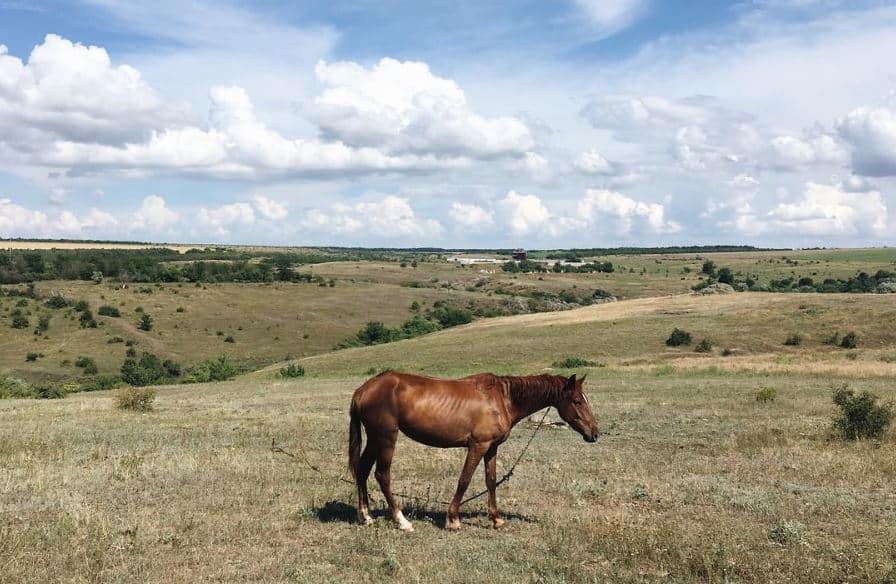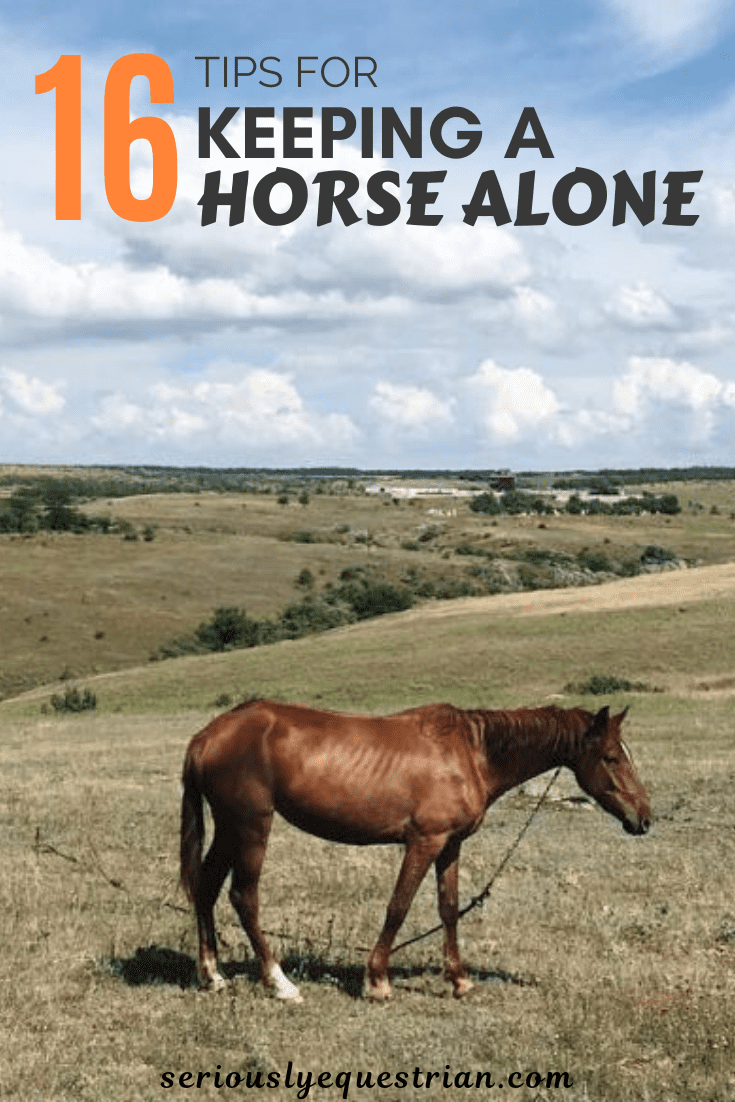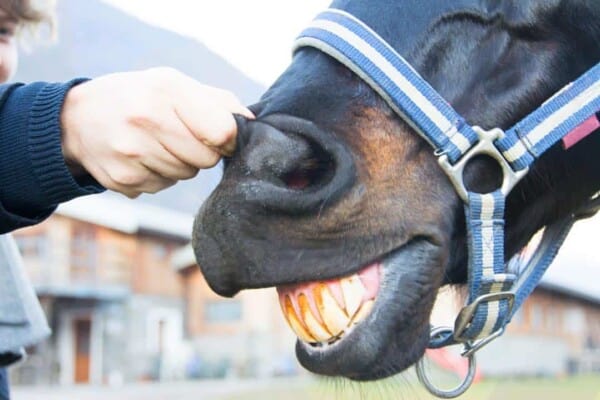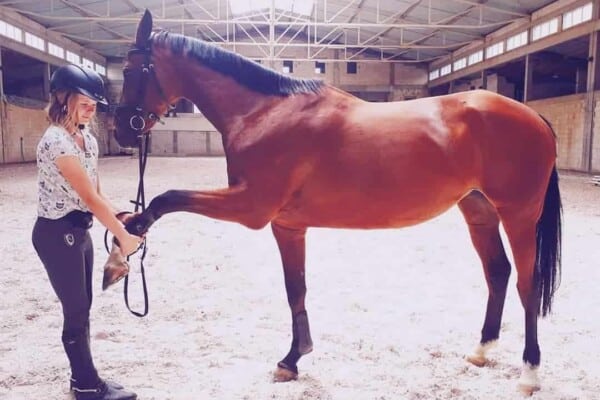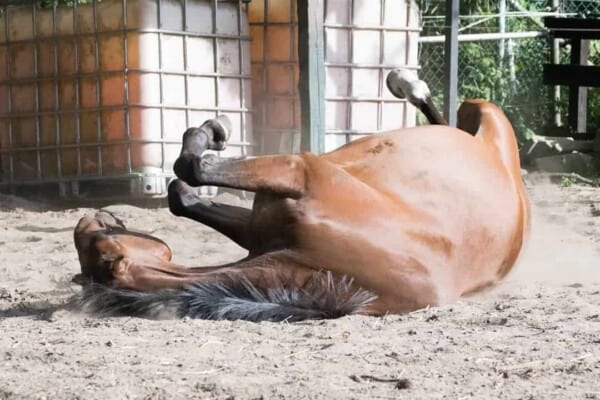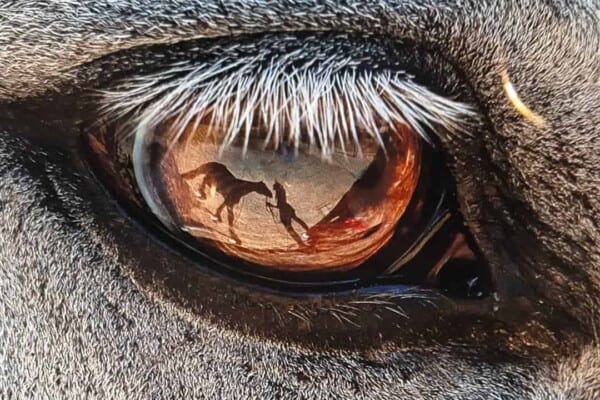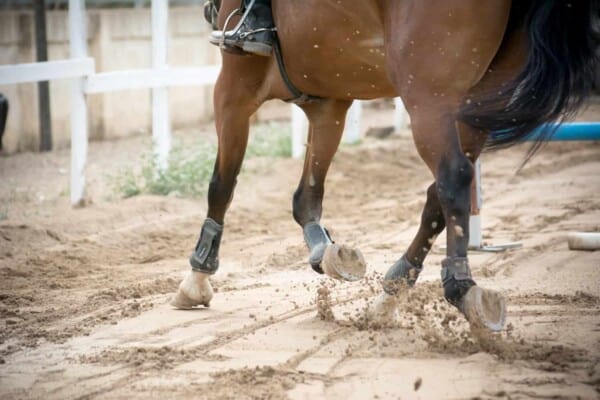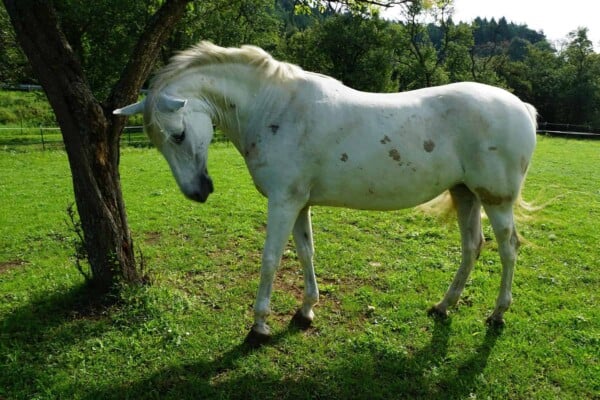Horses are herd animals who naturally crave the companionship of other horses. If left alone for long periods they can suffer real separation anxiety. However horses can be taught to be alone and this lesson should come a young age while they are in the stable, in the field, during travel and out at competitions. Managing a horse who didn’t have this early education is never easy and a residue of anxiety can always remain. Without this education bad behavior can manifest throughout that horse’s life such as travelling and loading or even just leaving their stable.
A horses ability to be comfortable alone very much depends on their own character. Is your horse a confident and full of bravado or does he get stressed easily by changes in routine or difficult situations? Horses are like people, they all have different temperaments and some cope better with solitude than others.
Keeping horses on their own is possible but horses will always prefer the companionship of others. A good relationship with the handler is essential as well as a settled routine. Horses have to learn to be alone – it doesn’t come naturally to them – but you can teach them with time, patience and good management. There are lots of things you can do to provide distraction, stimulation and companionship. Here are some top tips for starting off a young horse’s early education and for more mature horses.
- At weaning time – foals first have to learn to leave their mothers. They shouldn’t be expected to go it alone and are usually given an older, quieter horse or pony as a companion. The foal must be out of earshot and scent of the dam so may need to be housed on a different yard altogether
- Early years- part of a yearling’s education among many other things is to learn to be left for short periods of time. Shut the youngster on his own in the yard for around 20 minutes and take the other horses away. Always shut the top stable door to prevent injury which is why this is best done in the yard not the field to start with
- Increase the time span – gradually build up the time the horse is left
- Grazing arrangements – graze a young horse beside another so they can communicate over the fence, gradually separate the grazing a little more so the horses are out of sight of one another
- Hacking out alone – hacking out in company is great for young horses as when you encounter something new or scary – mostly everything – then there is an older horse there to show them the way. But it is also important that horses can hack alone and be brave by themselves, placing trust in the rider. Start early hacking in company and then start venturing out on your own, on short easy routes which the horse is familiar with. Start with ten minutes and gradually increase the time
- Leave a radio on – but don’t have it too loud as hoses have very sensitive hearing
- Never keep two horses – this is an old saying based on the premise that you won’t be able to split them but it can be possible although two which have long been pair-bonded may never separate. Introduce isolation gradually, for instance, leave one in the box whilst you ride the other. Increase the time they are separated both in the yard and when grazing. It may take several months for a horse to fully adjust
- Provide a mirror – some horses enjoy the distraction of a mirror although some horses don’t always react well to one so don’t place it near their feed or hay
- Put up a screen – some horses enjoy television, find out which programs your horse likes. Like the radio, use the screen for set periods only, don’t leave it on continuously
- Introduce another species – horses can companion well with other animals like donkeys, sheep, goats, dogs, alpacas and even cats
- Use a treat ball – treat balls or stable toys are useful distractions for horses who get bored easily or who find it hard to settle on their own
- Trickle feed in the stable – use established techniques which owners follow for horses on long periods of box rest. Hide carrots or treats around the box for the horse to nose out, split the hay between several different nets so the horse is always moving around the box to eat. Or just use a slow feeder hay net so the horse spends as much time as possible eating fiber
- Provide other external interest – horses are curious and love distraction so if your stable or field has a lot to watch then this can help sole horses even if the activity is not remotely equine
- Keep his brain active – this doesn’t have to mean time riding, spend time with the horse on the ground and teach him to do in hand work or tricks. Try clicker training or use a Training Activity Ball
- Ride out with others- your horse may be home alone but make sure he has the companionship of others when training or arrange to ride out with other local riders on a regular basis. This will really help his psychology and make it easier to take him out to competitions
- Spend time with your horse – break up the day by doing yard chores in sight of your horse, groom and trim him
Horses who cannot do things by themselves can have behavioral problems. They may never graze alone and keep jumping out of the field. They may nap leaving the stable trying to get back to the other horses. They may never load or travel well without a companion and they may be insecure and difficult when out at a show. This can depend upon whether they were introduced to solitude carefully and well early in life or they might just have a personality which means they cannot cope alone – some horses are more insecure and anxious than others. As with all horses, time and patience are the key ingredients to a successful outcome.

